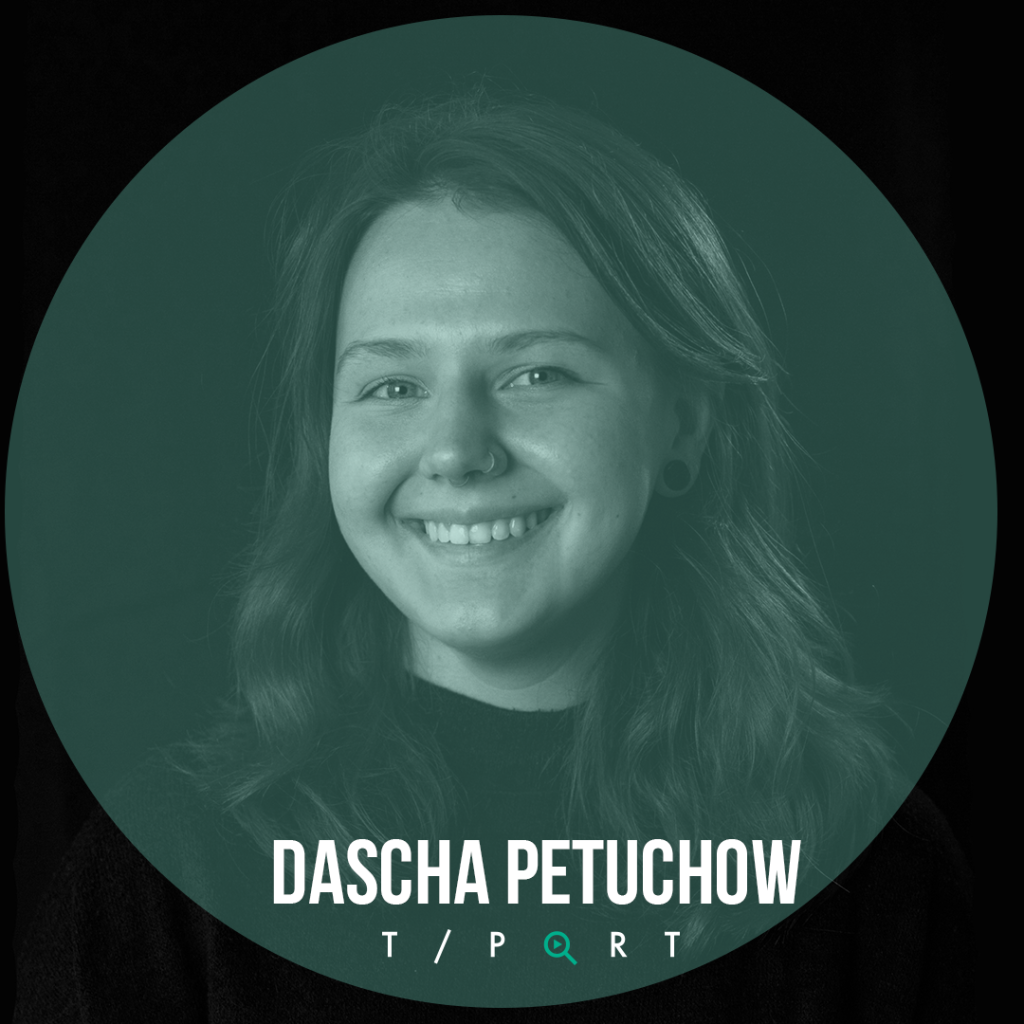
Filmmaker Dascha Petuchow was in lockdown when she wrote the script for her 29-minute drama CHEWING GUM. The short, which was inspired by revisiting her own experiences of growing up as the daughter of an immigrant in Germany, was included in the 2023 T-Port Lighthouse Selections, picked by curator Laurence Boyce.
In this interview, the director whose film appears onT-Port courtesy of our partners at Hessische Film und Medienakademie (hFMA), speaks beautifully about her upbringing, casting her mum in her film, friendship, and what she learned through her filmmaking process. Stay to the end for some interesting commentary about navigating the festival circuit as a first time filmmaker.
Hi Dascha, would you please introduce yourself in a line or two?
As a screenwriter, director and member of a collective production company, I enjoy telling stories that explore family ties and their underlying humanity.
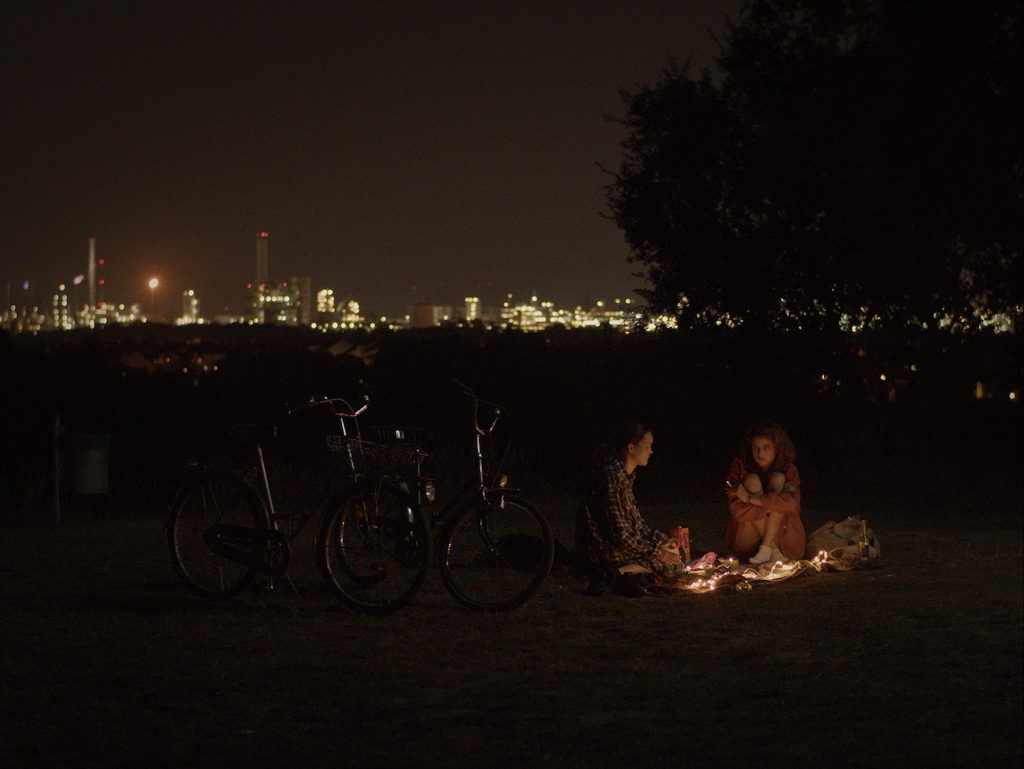
What did it feel like to find out your film had made the T-Port Lighthouse Selections? How did you react?
Discovering that my film made it into the T-Port Lighthouse Selections was an absolute moment of joy and gratitude, for the recognition of our collaborative efforts and the film as a whole.
What does making the selection mean to you and your journey as a filmmaker?
Being selected for the T-Port Lighthouse Selections 2023 is a great honour and an important milestone in my journey as a filmmaker. I firmly believe that genuine life experiences unfold in the spaces in between and the acknowledgment from the experienced curators, coupled with the curator’s statement, serves as a powerful motivation to continue telling stories like this.
What was the inspiration behind your film?
Back then, small-town summer vacations dragged on like chewing gum. Most of the time, nothing happened. That’s why I was so afraid of missing out, particularly because I wasn’t allowed to stay out as long as my German friends due to my mother’s strict rules.
The relationship with my mother during my teenage years used to be characterised by tensions and misunderstandings, but also by care and warmth. I remember having to translate papers, the frustration when I couldn’t get difficult passages right, and the disappointment when my mother didn’t understand, how we tore ourselves apart and then found each other again. I was often ashamed of her foreign accent and her language skills and therefore avoided inviting friends over to my house. When I look back, it breaks my heart. While I tried to hide a part of my identity on the one hand and longed for freedom on the other, it never occurred to me to ask my mother how she was doing and how much she had to give up when we arrived here in Germany.
Unfortunately, I can’t turn back the clock and tell my 16-year-old self everything I know today. But I can tell a story that is based on my experience and thus becomes fiction. My aim is to convey acceptance of one’s own bicultural identity and to encourage people to look beyond their own situation and put themselves in the other person’s shoes with an open heart.
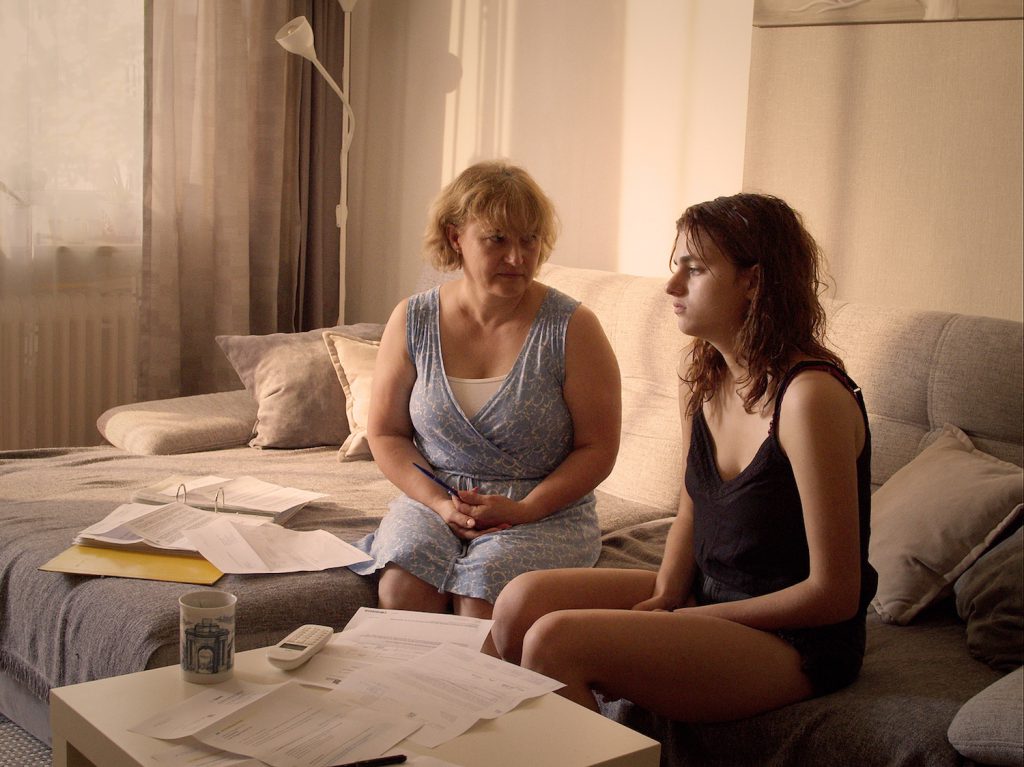
How was the filmmaking process for you? Can you tell us about how you went about the production process?
It all started, of course, with the idea, that came to me when I was living with my best friend during COVID. Unable to gain new experiences, we revisited our youth and realised that we mirrored each other in an interesting way. These impressions then flowed into the script, where my mother helped me to write our dialog together. As it was my graduation film, I was very lucky to be supported by the regular and special graduation film funding from Hessen Film & Media.
The casting took some time, but it was a great pleasure when I found Amira Demirkiran for the lead role. I discovered Celine Buchholz, who plays Lina, in an earlier short film during my studies and immediately asked her if she would like to take part. My mother was very interested in taking on the mother role. I was unsure, but we rehearsed and she hit the moments she was supposed to hit so precisely that I said: Okay, we have to try this, even though she’s never been in front of the camera before.
My colleagues Maximilian Hasenstab and Julian Gerchow took over the production and Julian also worked his magic in the editing afterwards. My best friend Lisa also supported me throughout the entire shoot and was always by my side.
All in all, I am very happy that I was able to work with so many great and talented people and have fond memories of the wonderful and family-like atmosphere on set.
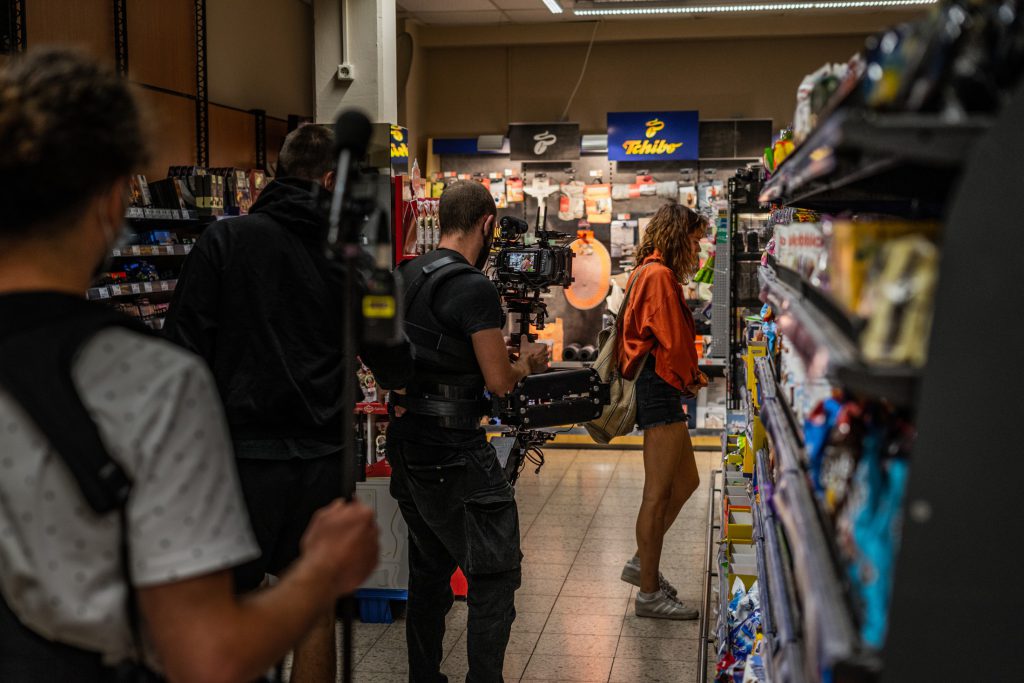
Having been through the process of making your short – what do you wish you had known in advance?
I wish I had known earlier that it’s okay not to know exactly what you’re doing sometimes. If there’s one thing I’ve learned, it’s that you can be open about your insecurities and it doesn’t just help you, but everyone around you. And that, even if it doesn’t look like it, somehow it always works out in the end.
What were the biggest challenges you encountered during making your film? What did you learn from them?
The various filming locations meant we often had to change locations several times a day. This taught us to prepare better, to concentrate and to stay focused even in stressful situations. Due to the availability of the actresses and the locations, we had to shoot a scene with several actresses on the first day of shooting. It’s important to create a bond among the cast and crew, and of course it takes time for everyone to get used to each other. Therefore, whenever possible, I recommend starting the production with smaller scenes so that everyone can get into the flow of working together.
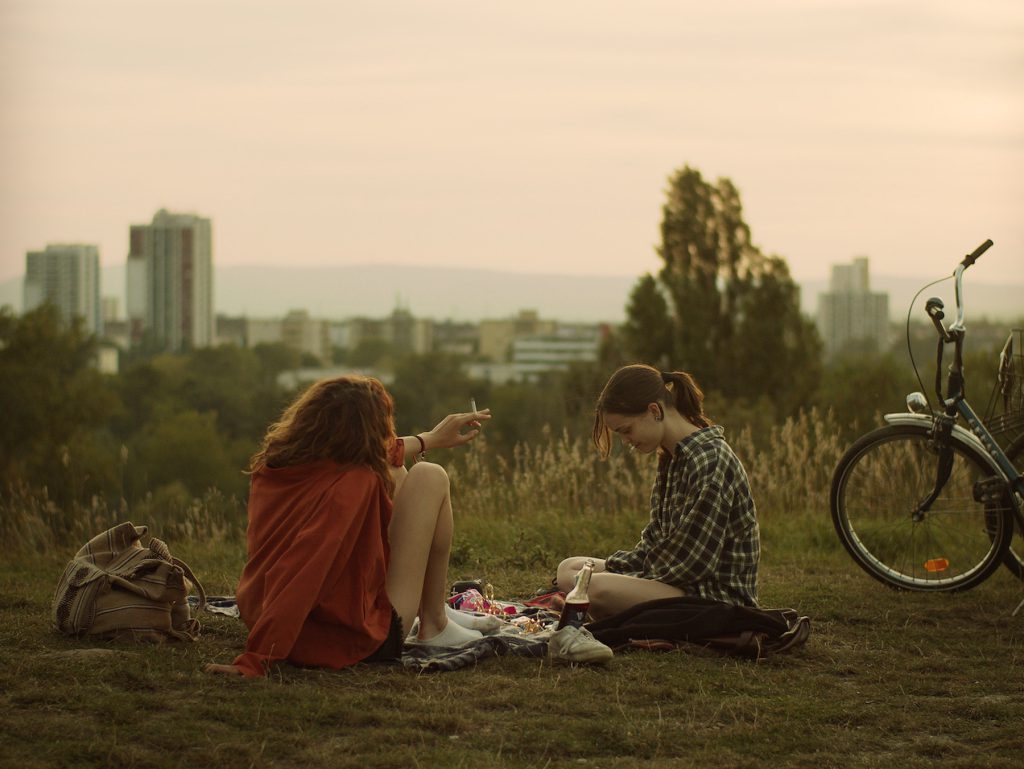
Tell us about the visual choices in your film. What were your main goals and techniques in creating the visual style of your film?
Working on the cinematography with Laurenz Strasser, we chose the aspect ratio because during adolescence, everything can feel insanely suffocating. Visually, we aimed for a documentary-style feeling, making the camera move naturally with the characters, to get as close as possible. In the grading, our focus was on creating a nostalgic, memory-like atmosphere.
What did you find (or still find) as especially lacking in the process of distributing and promoting your film? What was especially challenging?
Getting a spot for a 29-minute film at a film festival turned out to be quite difficult. I was missing an understanding of the limits of film festivals and, consequently, the opportunities that arise from this. I wish I had dealt with this aspect earlier and actively thought about festival strategies during the development phase. However, I’ve learned some valuable lessons from this experience, and I can only aspire to apply those and improve with my next film.
What do young film talents lack the most today, after graduating from film school? Where are the gaps in the film industry?
I can only speak for myself, but I didn’t study at a traditional film school either. I believe it’s crucial to gain an understanding, even during your studies, of how you can make a living from the profession and what opportunities there are to enter the industry directly after graduation. In addition, you have to understand the importance of building and maintaining contacts within the industry, not only for potential collaborations, but also for securing mentoring opportunities that can have a profound impact on your development in the field.
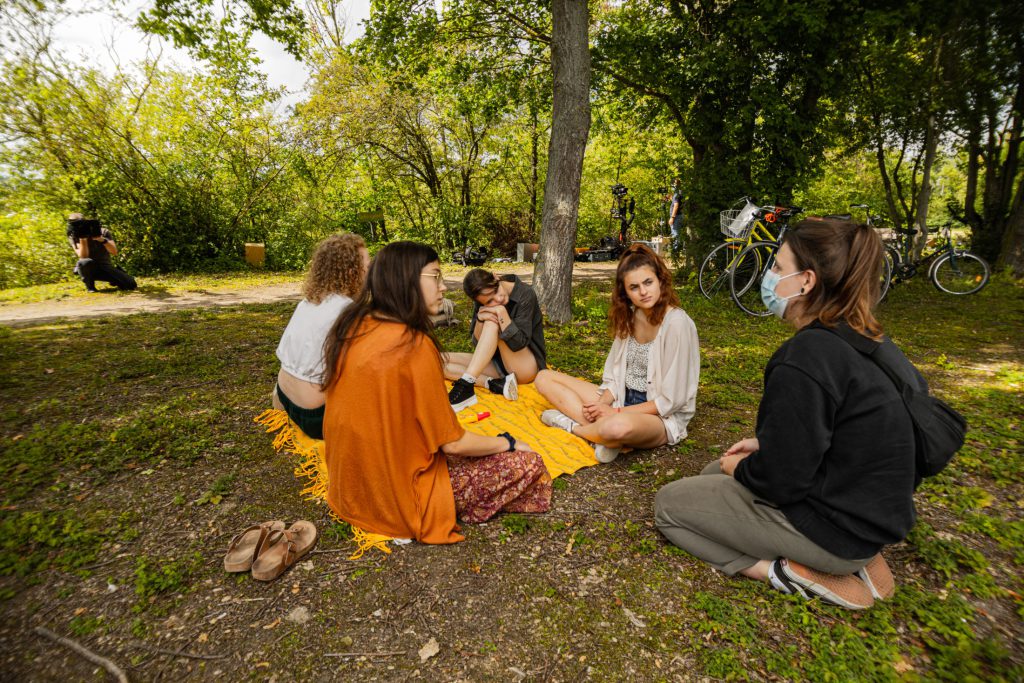
What’s next?
I am currently developing my first feature film “Where We’re Going” (WT). Based on the themes I explored in “Chewing Gum”, I am focussing on the dynamics of dysfunctional families. The film follows the characters in a cinematic triptych through three stages of the protagonists’ lives, telling the story of a woman striving for a better future for herself and her daughter and the courage to break old patterns.
With this project, I hope to explore the complexities of human relationships and personal growth on a wider canvas, and I hope to bring this vision to life on the big screen.
Check out Plotless Films’ website.
If you are a film industry professional and would like access to the catalogue and more, find out here how to sign up.
Filmmaker? Upload your short film to T-Port or sign up for our newsletter to get regular updates on the current trends and exciting innovations in the short film universe.
